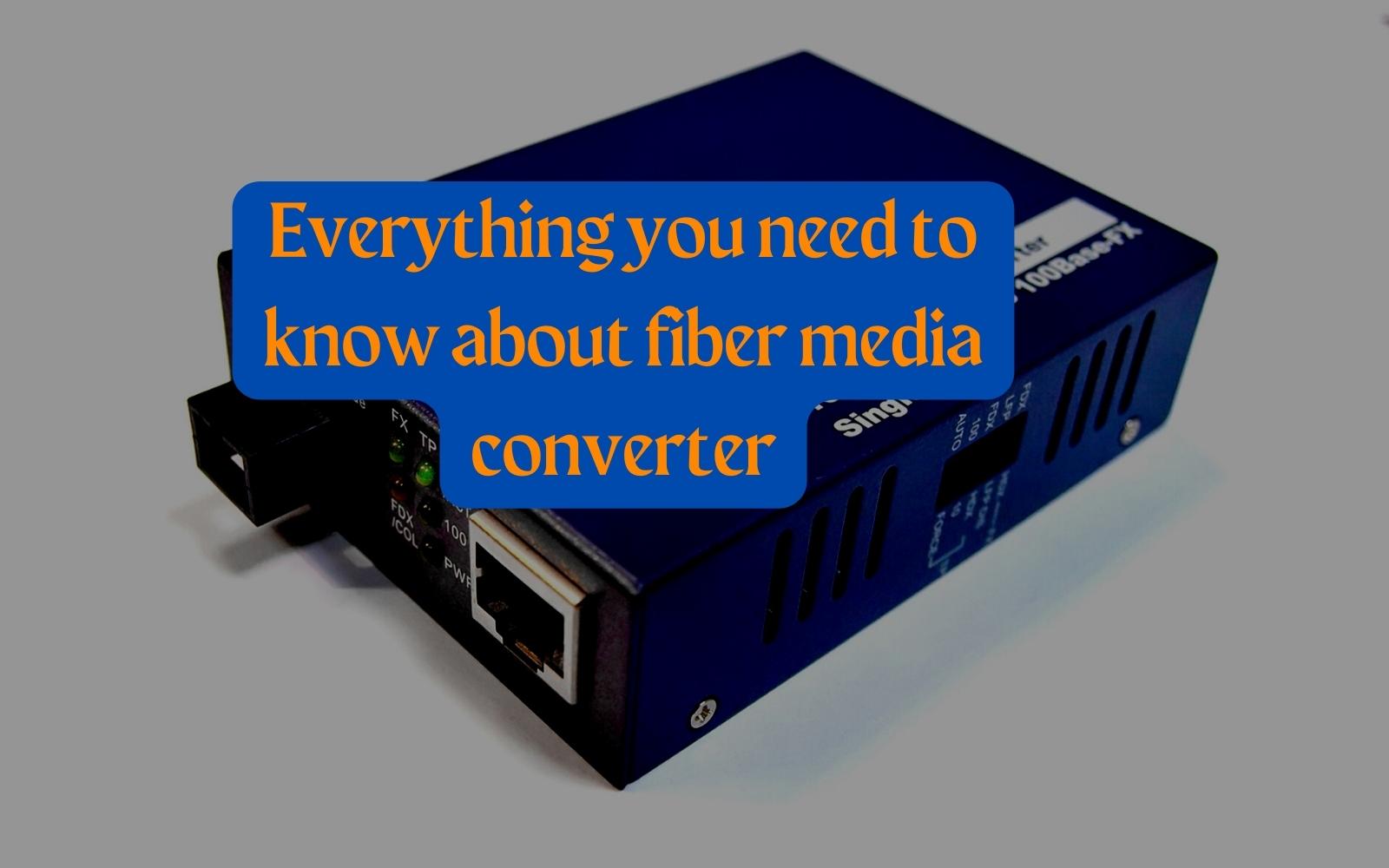A fiber media converter is a device used to interface between two cable types. The most common type is an Ethernet media converter, which connects twisted pair cabling with optical fiber cables.
This blog post will explore everything you need to know about fiber media converters. We will discuss how they work, their benefits, and some of the different types available on the market. By the end of this post, you should have a better understanding of this important networking device.
What is a fiber media converter?
Fiber media converters enable the connection of fiber optic cable to equipment that is not natively compatible with fiber. By converting the optical signal into an electrical signal, the fiber media converter allows standard copper Ethernet cables to connect fiber optic cables to network devices. Fiber media converters typically support multiple protocols and can be used for both short-range and long-range applications.
How does a fiber media converter work?
Fiber to ethernet converter are devices that convert optical signals into electrical signals or vice versa. They connect two pieces of equipment using different media types, such as fiber-optic and Ethernet cables.
Fiber media converters typically have two ports: an input port and an output port. The input port is connected to the source device, while the output port is connected to the destination device. In order to convert the signal from one type of media to another, the converter uses different components, including a transceiver, a receiver, and a transmitter.
The transceiver receives the optical signal and converts it into an electrical signal. The receiver then takes this electrical signal and converts it back into an optical signal. Finally, the transmitter sends this newly converted optical signal to the destination device through the output port.
What are the benefits of using a fiber media converter?
A fiber media converter can offer many benefits for users looking to connect different types of equipment or media. One key benefit is that it can allow for smaller, more accurate media conversions than what could be possible with analog methods. Additionally, fiber media converters can offer significant reductions in latency and crosstalk.
Conclusion
Fiber media converters are an essential part of any fiber optic network. They allow you to connect different types of fiber optic cables, and they can be used to convert signals from one type of fiber to another.
If you’re looking to set up a fiber optic network, or if you need to upgrade your existing network, then you’ll need to invest in a good quality fiber media converter. With so many different types and brands on the market, it can be tricky to know which one is right for you. But with our guide, you should be able to find the perfect converter for your needs.









